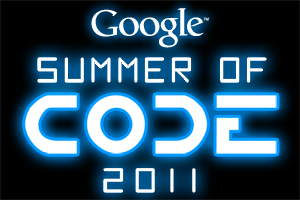2011 marks the 150th anniversary of the Massachusetts Institute of Technology, founded to speed along America’s industrial progress through scientific innovation. MIT has been at the forefront of computer science with key advancements in the field, like the
invention of core memory,
the first file sharing system and
RSA, the algorithm for public key encryption. MIT and Google share many of the same goals and philosophies, and as part of MIT's 150th anniversary celebration, we wanted to take stock of the many ways we've been working together.
More than 500 MIT graduates work at Google, in Boston and beyond—on Android, Chrome, crisis relief efforts and more. At our Cambridge, Mass., office—just
down the road from MIT’s campus—and at the newly acquired
ITA office, you can spot many MIT alumni Googlers proudly sporting red and gray in celebration of the milestone anniversary.
We love our Googler MIT grads, but our partnership with the university goes beyond an alumni relationship: we also support the university’s mission of discovery and innovation in the sciences. Recently, we gave a focused research award to
CSAIL to further research in computer science and artificial intelligence. We also partnered with researchers at the
MIT Media Lab on
Konbit, a service that helps communities rebuild themselves after a crisis. In the same lines, we’re sponsoring
MIT Next Lab, a group that researches and develops ways in which people can use mobile platforms to solve global and economic issues. And finally, as part of their 150th anniversary celebration, MIT announced a major
Intelligence Initiative (I²) that we’re helping to support. Beyond the pure scientific goals, it’s hoped that this research will lead to practical applications in the form of more intelligent systems and software that will benefit society broadly
In addition, we have close relationships with some of MIT's faculty, like Hal Abelson, Professor of Computer Science and a member of Google's Visiting Faculty program, who has used our technology to conduct education outreach. He started the
Young Android Project in 2007 and helped design
App Inventor, which launched in 2010. Hal also teaches classes to non-engineers about building Android apps.
This summer we’re looking forward to welcoming high school students into our Boston office through the
MIT MITES program to introduce a whole new crop of future scientists to the joys of science and engineering. Plus, 50 MIT students will join Google as interns this summer alone.
Although MIT was established more than 100 years before the Internet was invented, the institution has continued to remain a world leader in technological research, development and advancement. We’re excited to celebrate the university on its anniversary, and look forward to a continued and strong relationship for the next century to come.
Posted by Steve Vinter, Engineering Director, Google Boston







